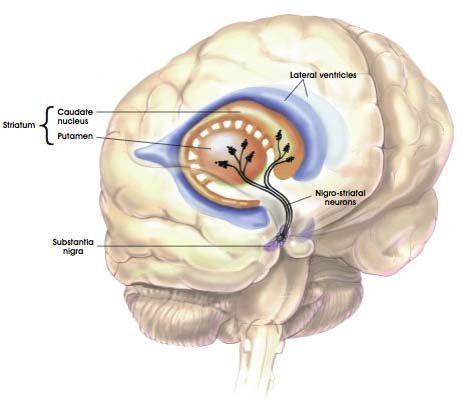Existing data support the use of physiotherapy in the treatment of Parkinson’s disease in the short term, but larger, randomized controlled trials of longer duration are needed to better define the benefit of the intervention.
That’s the overall conclusion from a systematic review intended to assess the effectiveness of physiotherapy compared with no intervention in patients with Parkinson’s disease.
“In recent years, supportive evidence for the inclusion of physiotherapy in the management of Parkinson’s disease has grown, due to the increased number of trials, particularly in the past 5 years,” researchers led by Claire L. Tomlinson, Ph.D., reported. Recent management guidelines, such as those from the U.K. National Institute for Health and Clinical Excellence and the Royal Dutch Society of Physical Therapy, have supported physiotherapy. “This has led to an increased number of referrals, with a survey by Parkinson’s U.K. in 2008 reporting that 54% of the 13,000 members surveyed had seen a physiotherapist,” Dr. Tomlinson and her associates wrote.
Dr. Tomlinson, a systematic reviewer with the clinical trials unit at the University of Birmingham (England), and her associates searched existing databases of medical literature to find randomized, controlled trials of patients with Parkinson’s disease that compared a physiotherapy intervention with no intervention or placebo control. This included trials of general physiotherapy, exercise, treadmill training, cueing, dance, and martial arts versus no intervention (BMJ 2012 Aug. 6 [doi:10.1136/bmj.e5004]).
The final analysis included 39 randomized controlled trials involving 1,827 patients. Collectively, information was available for 44 comparisons within the six defined physiotherapy interventions. The methodologic quality of the trials varied widely. For example, less than half described the randomization used, blinded assessors were used in 62% of studies, and only nine trials stated intention to treat as the primary method of analysis. There were 18 outcomes of interest, including measures of gait, functional mobility and balance, falls, clinician-rated impairment and disability measures, patient-rated quality of life, adverse events, compliance, and economics of the intervention.
Dr. Tomlinson and her associates observed a significant benefit from physiotherapy for 9 of 18 outcomes measured. Significant outcomes, which they described as possibly having clinical importance, were speed (0.04 m/sec, P less than .001); Berg balance scale scores (3.71 points, P less than .001); and scores on the Unified Parkinson’s Disease Rating Scale (total score of –6.15 points, P less than .001, and two UPDRS subscores: activities of daily living (–1.36, P = .01) and motor (–5.01, P less than .001).
“We saw no evidence of an improvement in patient-rated quality of life after physiotherapy, and the observed differences in the nine significant outcomes were relatively small,” the researchers wrote. “Their relevance and benefit to patients with Parkinson’s disease must be put into context, in terms of what is considered a recommended minimally important difference. Little good-quality evidence is available for minimal clinically important differences in these outcome measures.”
No differences in the treatment effect between the different interventions were found, but the researchers pointed out that data for each type of physiotherapy “were limited and these comparisons were based on indirect comparisons, which should be interpreted with caution. Therefore, physiotherapy interventions should be compared against each other within rigorous trial designs to determine which, if any, are effective. This analysis could provide therapists with a menu of treatment strategies from which they can devise individualized interventions.”
They acknowledged certain limitations of the meta-analysis, including the fact that most of the trials were small and compared the effect of physiotherapy vs. no intervention over a time period that was shorter than 3 months. “Three trials followed up their patients for 3 months or longer, but all used different follow-up periods, the longest being 6 months,” the researchers wrote. “With such limited data, no meaningful meta-analysis could be performed on these longer-term data to assess the duration of any improvement after therapy.”
The study was funded by Parkinson’s U.K. and by the U.K. Department of Health. The authors reported no relevant financial disclosures.


0 Comments